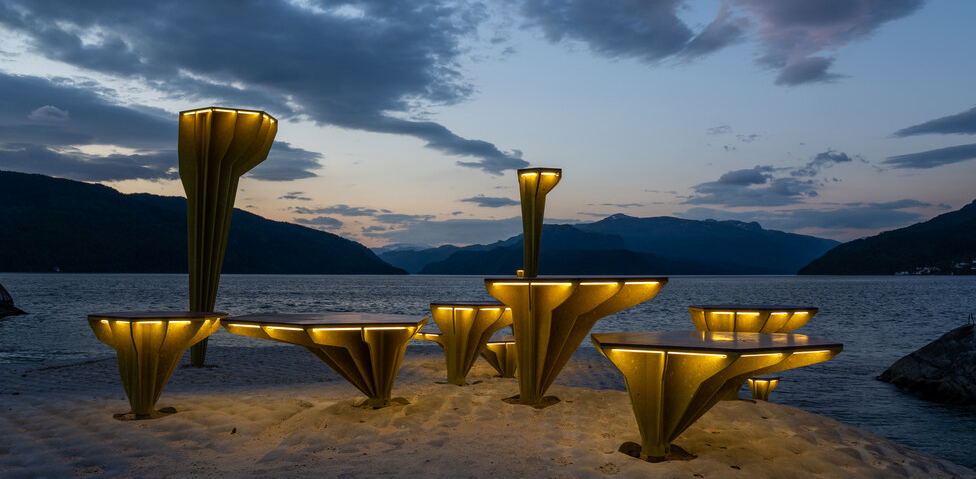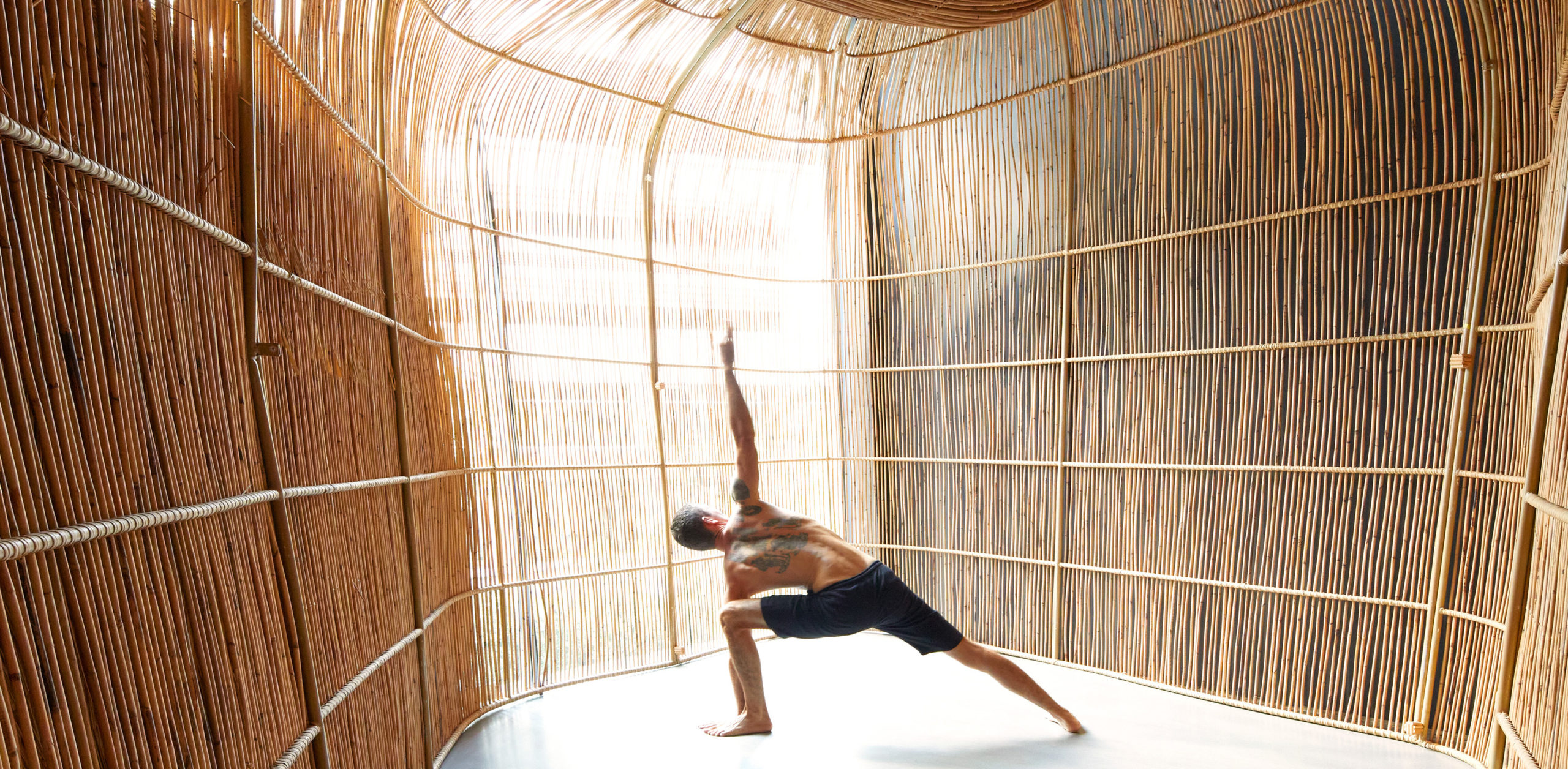The votes are in, and Architizer is thrilled to unveil the winners of the A+Product Awards! Register for Architizer's A+Product Awards Newsletter to receive future program updates.
Good lighting can make or break a well-designed interior project. In addition to optimizing the availability of natural light in a space, selecting the right light fixtures can augment the furniture inside and cement a tone for the entire space. Bright white lights can make writing or chopping easier whereas warm yellow lights can make dinners an elevated experience. Similarly, colored lights can liven up parties and candle-lit wall sconces can be perfect for cozy nights.
Layering a variety of lights can add depth to any space and make it more comfortable. This technique also helps utilize different parts of a space in different ways. The scale and size of light fittings can also help fill up spaces or make them look more spacious.
Natural Light

Apartment in Amsterdam by MAMM DESIGN, Amsterdam, The Netherlands | Image by Takumi Ota Photography
For years, designers have been trying to maximize the amount of natural light within a space. Having an abundance of sunlight pouring into a space can help make it feel bright, airy and comfortable (this is especially due to its soothing tone and physical warmth). Another check in favor of designing for natural light: it cuts down on power use.
Exposure to the sun’s rays also helps regulate the body’s sleep cycles as well as overall health. In addition to windows, skylights have become increasingly popular to draw in light in interior spaces. Some interior designers also use cleverly arranged reflective surfaces throughout the space to help the light bounce off of surfaces and make the space feel brighter. Translucent partitions or latticed screens in homes can also help draw light to interior spaces that might otherwise be blocked by solid walls.
Ambient Light
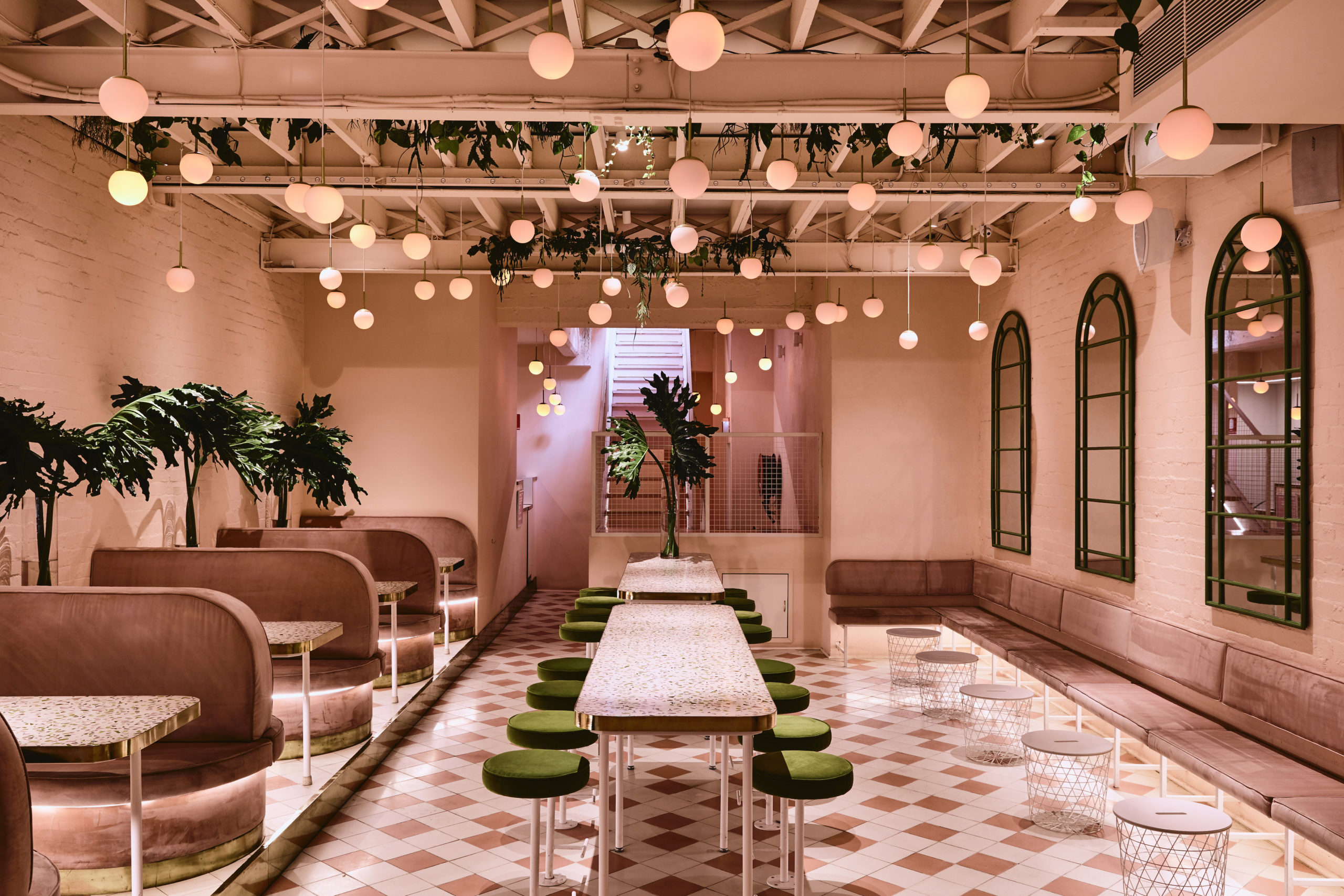
Peaches Rooftop Cocktail Bar by Pierce Widera, Melbourne, Australia
This is perhaps the most important selection of lights for a space. Ambient light refers to the fixtures that are used to brighten the entire space, more often than not in a uniform manner. The tone used for ambient light can also determine the overall mood of the space. Offices tend to use white light to help carry out tasks efficiently under the brightness. On the other hand, warmer lighting schemes are gaining popularity in restaurants and homes for the warm and cozy atmosphere they can create.
Ambient lighting can be designed in a variety of ways. It can range from ceiling lights, track lights, wall lights and chandeliers to recessed circular and strip lights. Using dimmable fittings for ambient light can also help adjust brightness levels for different activities. Now, there are a variety of options and illumination systems that are not only functional but also quirky and trendy.
In Lenvix, STIPFOLD composed a hexagonal pattern on the ceiling using slimmer light fixtures. This not only brightens the space but also adds an additional pattern to the space and helps demarcate the seating area. Alternatively, the Peaches Rooftop Cocktail Bar features a canopy of pink-toned spherical pendant lights hanging from the ceiling to mimic peaches.
Task Lighting
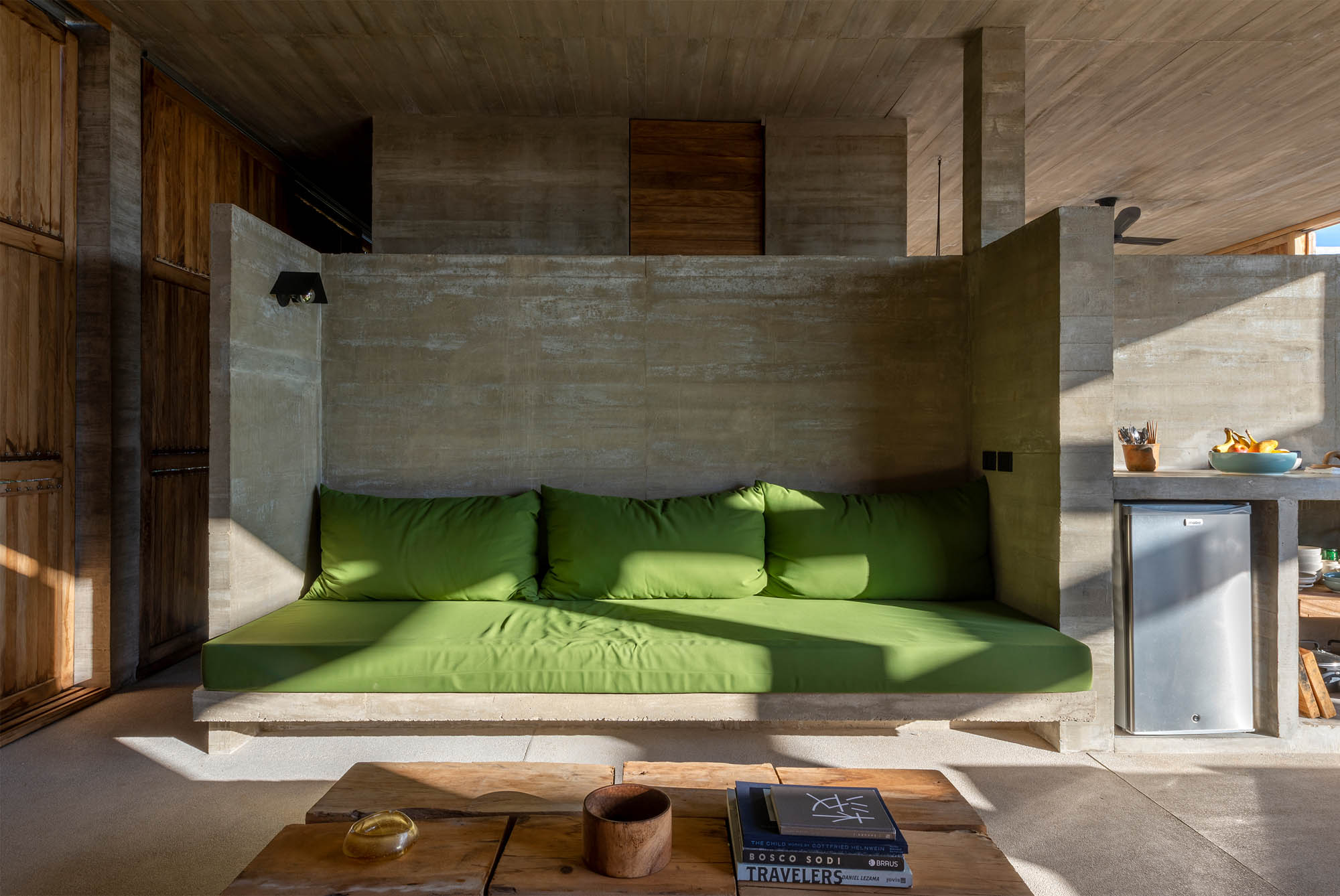
Casa Cosmos by S-AR, Oaxaca, Mexico
This could be considered a secondary source of lighting. Task lighting is referred to lighting fixtures with a very specific function. Desk lamps, bedside lights, wardrobe lights, strip lights under kitchen cabinets and even staircase guiders can come under this category. Task lighting can help carve out secluded nooks and can also help easy navigation during the night. It is ideal to isolate the switches for task lights from the overall ambient light connection so that they can be used only when needed.
Decorative additions like the A+Award-winning Coil Collection Naturals can make a great bedside companion for late-night reading and can also be used as an additional light source near desks or in hallways. In Casa Cosmos, S-AR used a focused light fixture to brighten the concrete-backed seating area. Unlike the above example, these lights can also help separate the multiple functions within a space without the use of partitions.
Accent Lights
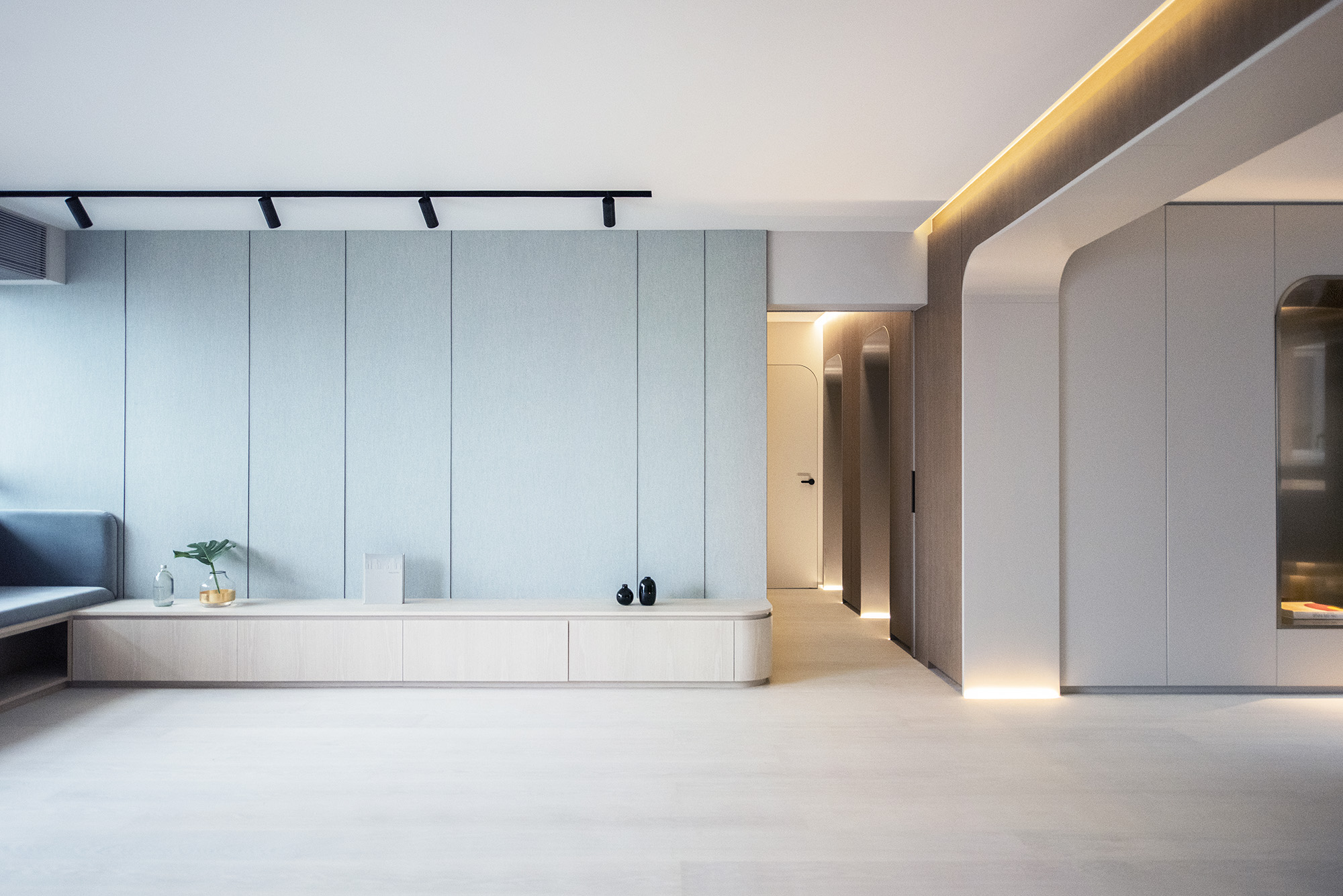
Hong Kong Garden / Theatre House by Bean Buro, Hong Kong Island, Hong Kong
The aim of accent lights is to draw attention to a specific object or an element, even when the general lights are on. These can be direct or indirect sources of light that highlight artwork, wall textures, level differences, recesses, false ceilings or other architectural elements in a space. This also adds more dimension and drama to the space. Types of accent lights range from small spotlights to wall-grazing linear lights.
The A+Award Winning Sticks is a modular design that can be used in a variety of ways to either focus on specific objects or illuminate specific areas in spaces. In the image above, the light is used to mimic the space of the doorway to accent not only the passage but also the wall texture. It also becomes an additional spotlight for the sides of a small stepped seating area. Accent lights also help highlight doors and partitions in Hong Kong Garden / Theatre House.
Decorative and Mood Lighting
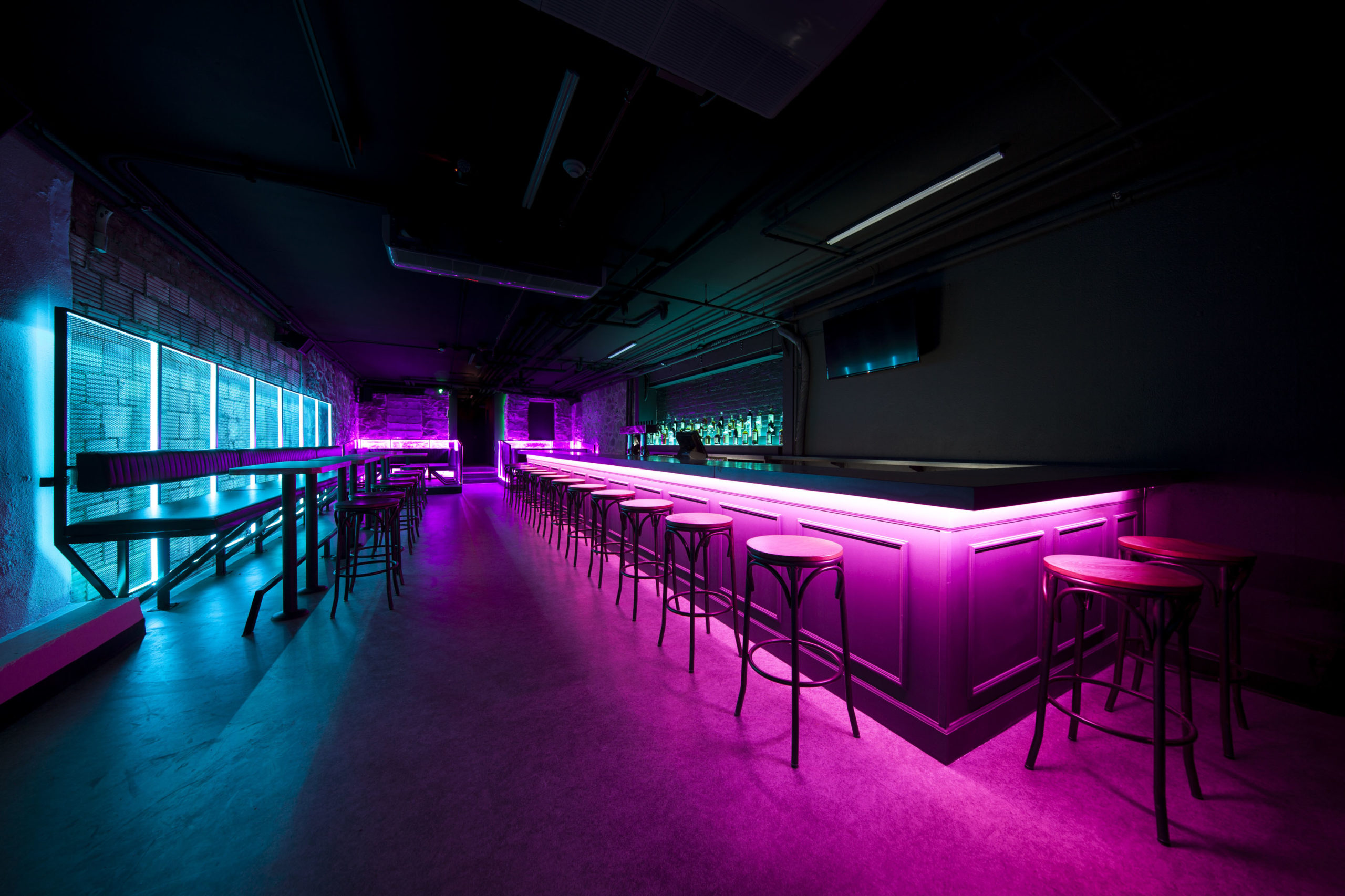
Lo-Fi by SYNECDOCHE, Ann Arbor, Michigan
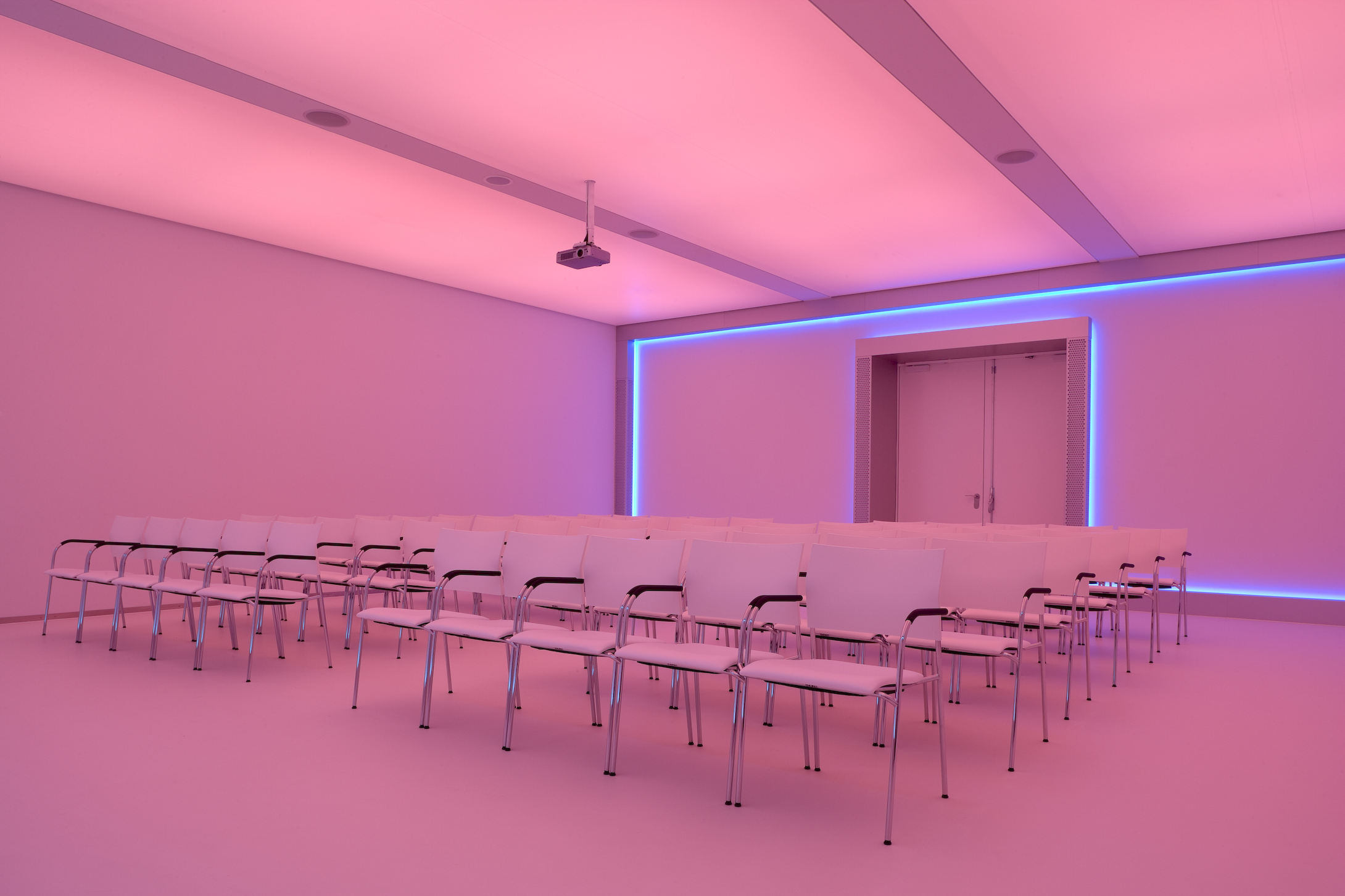
Media Plaza by Liong Lie Architects | Image by Christiaan de Bruijne
This category is often more to set a mood as opposed to being functional; it includes candle-based décor, string lights, lanterns, wall sconces and colored lights. These different techniques of illumination act as secondary light sources as they are not bright enough to help carry out everyday tasks without straining your eyes. There are extremely popular in restaurants and nightclubs as they help create an air of mystery and build tension without compromising the functionality of the furniture.
Neon blue and pink lights make up the interior of Lo-Fi in Michigan. The vibrancy of the lights energizes the otherwise dim space and also provides a great backdrop for photos, creating additional interest. In Media Plaza, a strip of blue wraps around the back wall of a projection room that is covered in foils that can change color when needed.
The votes are in, and Architizer is thrilled to unveil the winners of the A+Product Awards! Register for Architizer's A+Product Awards Newsletter to receive future program updates.
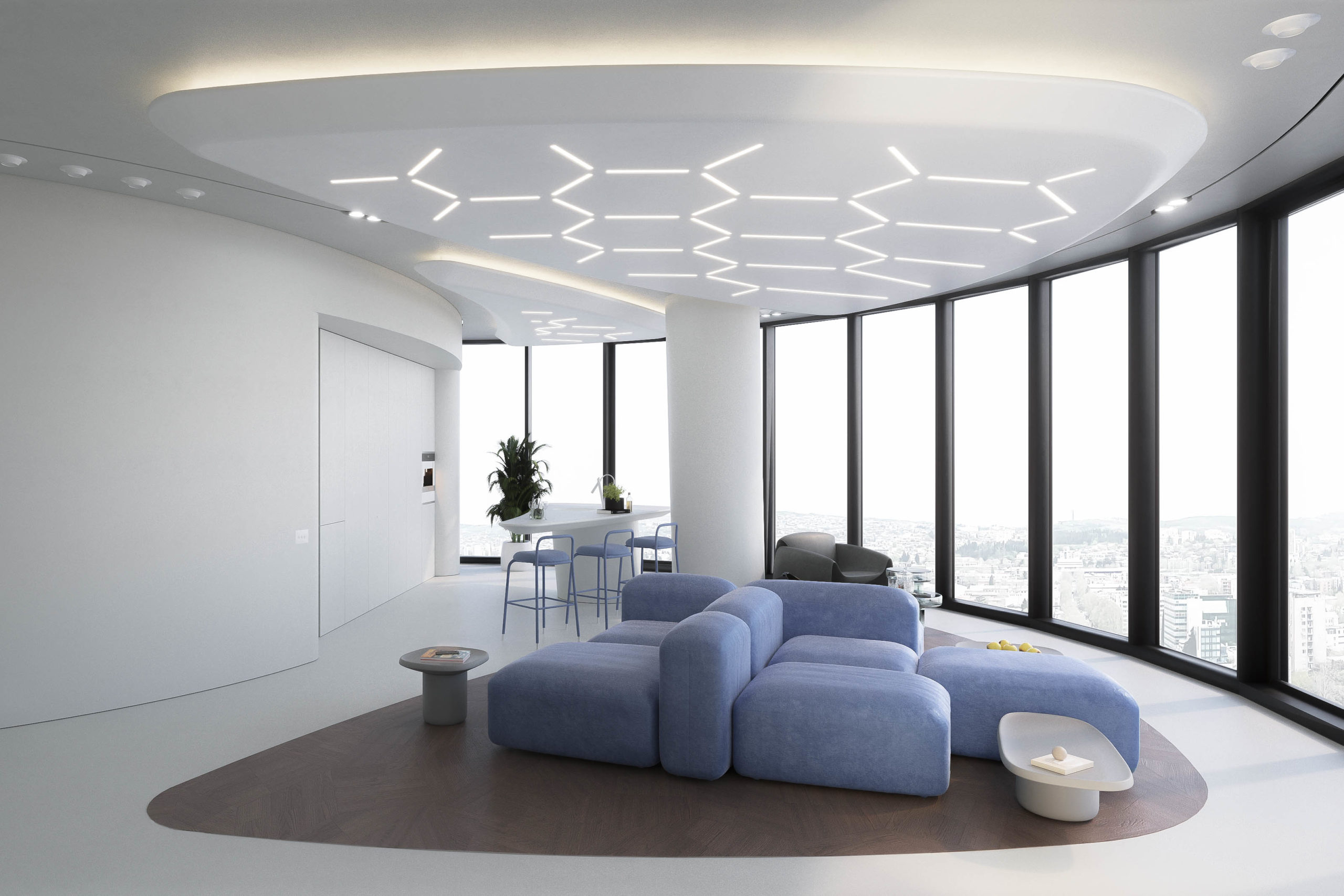







 Apartment in Amsterdam
Apartment in Amsterdam  Hong Kong Garden / Theatre House
Hong Kong Garden / Theatre House  Lo-Fi
Lo-Fi  Media Plaza
Media Plaza 